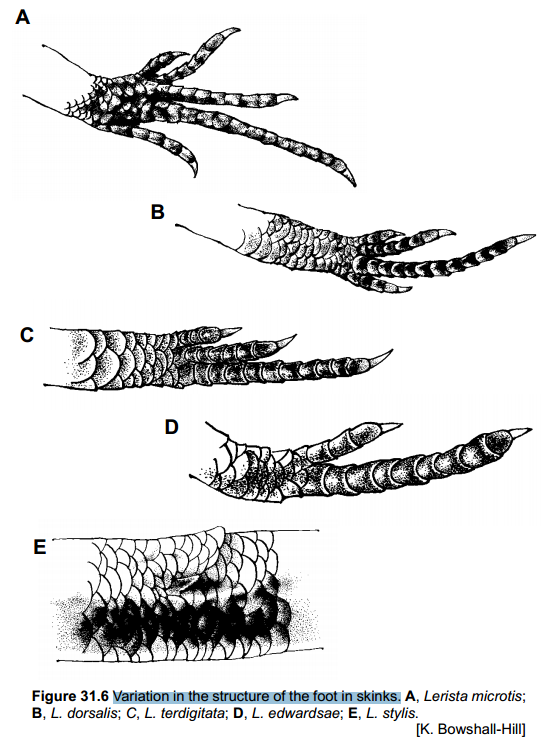Finding Your Inner Fish Pdf


Sir Richard Owen, one of the most famous anatomists of the 1800s, also believed in a divine order within bodies. Owen catalogued thousands of animal specimens, and realized that almost all of the animals with limbs had the same bone structure: one bone that connects to two bones, followed by lots of small bone blobs and finally the digits (fingers or toes). The shape and size of these bones changes radically, but the underlying blueprint remains. Charles Darwin took this similarity further to suggest that all animals with limbs shared a common ancestor that gave them this limb structure, going all the way back to fish fins. Fish fins are an excellent example of Shubin’s point that all animals are fundamentally similar, because fins and limbs look nothing alike on the surface.
The Little Fisherman. Written by noted author Margaret Wise Brown and illustrated by the legendary Dahlov Ipcar, this story features a charming main character’s. YOUR INNER FISH -‐ EP 1-‐ YOUR INNERFISH. 4 our ancestry back. Around 400 million years ago you'll find fish swimming in oceans and streams. Forty million years later the first amphibians appear on land. Then we see reptiles... Followed by the first mammals around 200 million years ago.
Yet some fins seem to transition into the same bone structure that human limbs have, suggesting that the fish that are most similar to land animals (those that have lungs) are the ones that started to develop land limbs. Shubin acknowledges that it is still a long way from these primitive fin-limbs to true limbs, but rationalizes that there are millions of years in which these fin-limbs could evolve. A “missing link” is the popular term for a fossil or animal that seems to fill in a gap between two distinct sets of animals, such as fish and amphibians.
Shubin rejects this term, however, as the link would no longer be missing once it is found, of course, and there also has to be more than one singular link to show the many transitional stages animals go through to arrive at the distinct animal species now living. Clack’s work is another example of how scientists can build on the work of previous generations in order to make greater discoveries. Shubin and his team bring back three chunks of Devonian rock from their 2004 expedition to the Canadian Arctic. Fossil preparators Fred Mullison and Bob Masek work on these chunks for the next two months, gradually uncovering intact skeletons of flat-headed fish that have human style wrists in their fins.
One of these fish, another Tiktaalik, seems to have a limb that is part fin and part limb. Tiktaalik would have lived during the exact time period of the transition between water and land animals. Igi5 Download.
The importance of Tiktaalik is not only that it has the limb structure that suggests a movement towards limbs from fins, but also it is the right age. If Tiktaalik were much younger than 375 million, Shubin’s team would have just found another example of a strange amphibian, instead of the origin of limbs. If it were much older than 375 million, Shubin and his team would have to revise the expected predictions about when animals moved out of the sea, or explain why fish needed limbs if they did not live close to land. Shubin’s explanation for the limb relies on Tiktaalik living in a shallow stream bed, which is an educated guess considering the rocks that Tiktaalik was found in, but is not a proven fact. All fossil analysis includes some level of doubt because many specifics of the environment are unknown. Shubin also guesses at the muscles his fossil most likely had, as these details are not fossilized Here is another area where similarities between animals can help biologists, as Shubin can make assumptions based on what animals with similar bone structure alive today do with their limbs. The things we have observed in animal behavior today can be applied even to ancient fish.